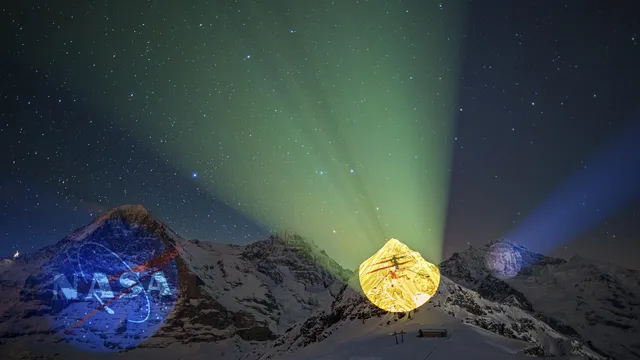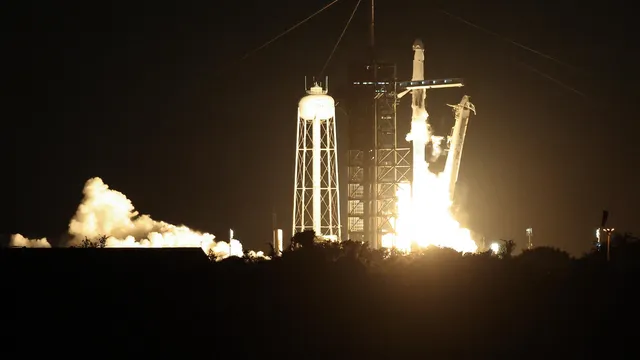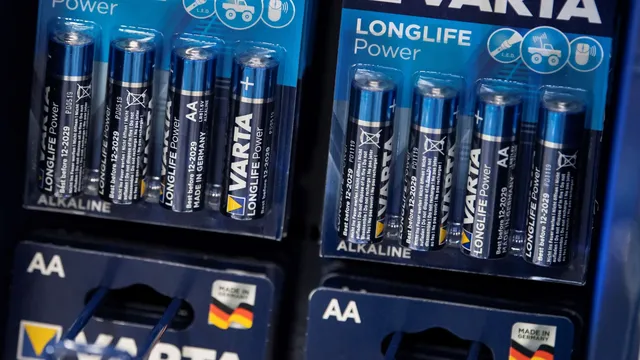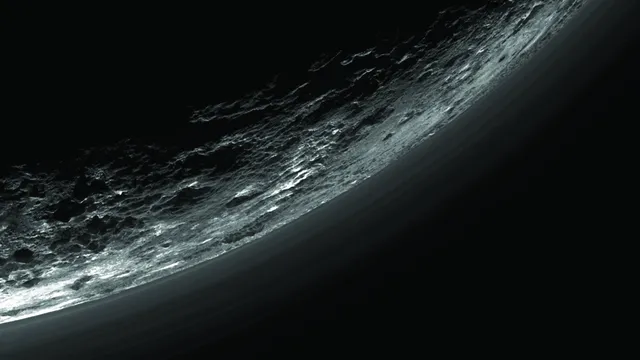The Cosmos 482 probe crashed to Earth after more than five decades in orbit around our planet, according to the website Space.com. According to the Russian space agency Roscosmos, it entered the atmosphere at 8:24 a.m. Bulgarian time over the Indian Ocean west of Jakarta, Indonesia. Cosmos 482 fell into the sea without causing any damage.
However, this is only one of the assumptions; other space agencies and tracking organizations predicted different entry points into the atmosphere, from the southern coast of Asia to the eastern Pacific Ocean. It is unclear when and if we will receive a definitive answer as to where Cosmos 482 fell.
Astronomer Gianluca Masi of the Virtual Telescope Project captured an image of Cosmos 482 during one of its last orbits as it passed over Rome, Italy, shortly before sunrise on May 10. In the photo, the probe is "visible as a trail entering the field of view from the top and pointing towards the lower right corner," Masi wrote on his website.
Earth was not the planet where Cosmos 482 was supposed to land. The spacecraft was part of the Soviet Union's Venera program, which sent a fleet of probes to Venus in the 1960s, 1970s, and early 1980s.
Cosmos 482 was launched toward Earth's hot sister in 1972, but a problem with its rocket left the spacecraft in an elliptical orbit around Earth. Over the next 53 years, atmospheric drag slowly but surely pulled the probe down, leading to today's dramatic turn of events.
Most large pieces of space debris—such as disintegrating satellites and spent rocket bodies—break up during their descent to Earth, creating artificial meteor showers. However, it is possible that Cosmos 482 fell today as a single piece, given that it was designed to withstand high-speed travel through Venus's dense atmosphere.
Cosmos 482 is about 1 meter wide and weighs about 495 kilograms. If it did not break up during its entry into the atmosphere, it probably hit the Earth's surface at a speed of about 240 km/h, according to Dutch satellite investigator Marco Langbroek. In this scenario, "the kinetic energy on impact is similar to that of a meteorite fragment measuring 40-55 cm.
The fall of "Cosmos 482" draws attention to the growing problem of space debris on our planet. On average, three large pieces of debris crash into Earth every day—and that number will only increase.
According to the European Space Agency (ESA), there are about 14,240 satellites in orbit around Earth, 11,400 of which are active. Most of the active devices belong to SpaceX's massive Starlink satellite network, which currently consists of around 7,200 satellites but is constantly expanding.
Other massive networks are also under construction. For example, Amazon has just launched the first large batch of spacecraft for its Project Kuiper broadband network, which will ultimately include 3,200 satellites if all goes according to plan. Rockets launched satellites for two different Chinese massive networks, each designed to house at least 13,000 spacecraft.
"With increasing space traffic, we expect the frequency of re-entries into the atmosphere to increase even more in the future," ESA representatives wrote in a blog post on Kosmos 482.
The risk of injury or property damage from any single re-entry is very low, given that most debris burns up in the air and the rest usually falls into the ocean or uninhabited areas. However, as the volume of objects re-entering the atmosphere increases, so does the likelihood of a destructive impact.
There are other potential consequences as well. For example, researchers point to the pollution caused by satellites entering the atmosphere, which could damage the Earth's ozone layer and affect our planet's climate. | BGNES
Soviet spacecraft Cosmos 482 crashes back to Earth after 53 years in orbit
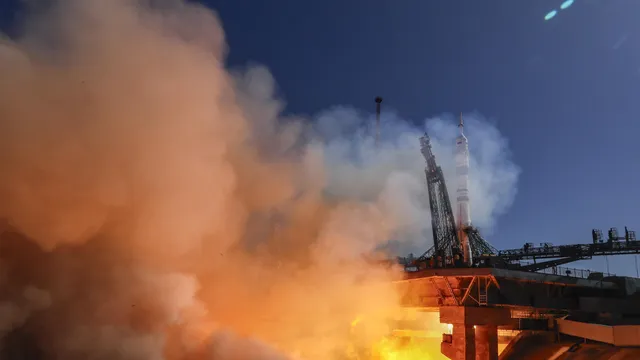
BGNES
The fall of Cosmos 482 draws attention to the growing problem of space debris on our planet.


 Breaking news
Breaking news
 Europe
Europe
 Bulgaria
Bulgaria
